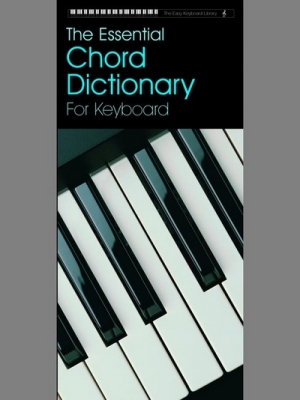

The origins of consonance and dissonance have been investigated since the days of Pythagoras in ancient Greece, and its elusive and mercurial nature baffles scholars to this day. On the basis of the results a control for cultural familiarity and musical expertise is recommended for all studies investigating consonance/dissonance perception. Tension maintained relatively high correlations with Consonance across musical expertise and cultural familiarity levels, making it a useful concept for studies addressing both musicians and non-musicians. Cultural familiarity affected the correlations drastically across both musicians and non-musicians, but in different ways. In Experiment 2 the stimuli’s cultural familiarity was divided into three levels, and the correlations between the key concepts of Consonance, Tension, Harmoniousness, Pleasantness, and Preference were further examined. The results show that the concepts exhibit high correlations, albeit these are somewhat lower for non-musicians compared to musicians. Experiment 1 explored the perception of a representative sample of intervals and chords to investigate the overlap between the seven most used concepts (Consonance, Smoothness, Purity, Harmoniousness, Tension, Pleasantness, Preference) denoting consonance/dissonance in all the available (60) empirical studies published since 1883. This study addresses the perception of consonance/dissonance in single intervals and chords with two empirical experiments conducted online.

Consonance typically denotes perceived agreeableness and stability, while dissonance disagreeableness and a need of resolution. The contrast between consonance and dissonance is vital in making music emotionally meaningful.


 0 kommentar(er)
0 kommentar(er)
